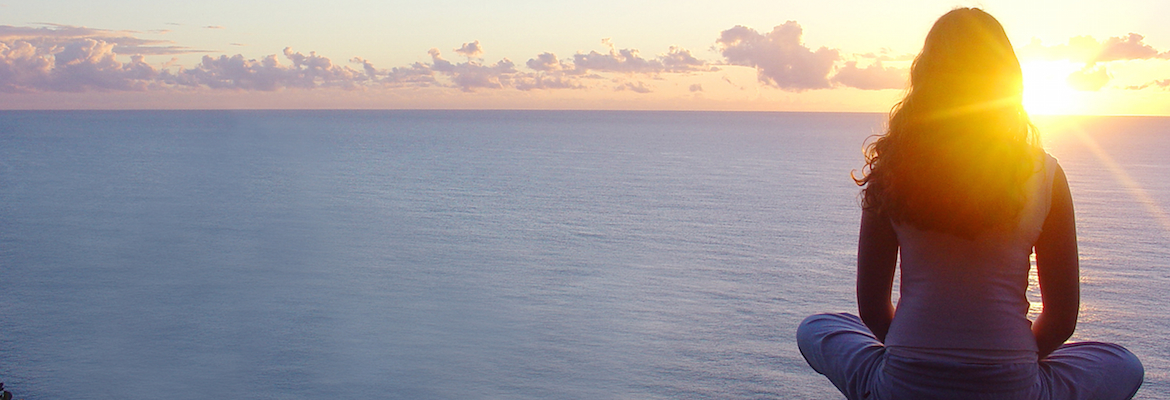
I have a mantra of sorts that consistently shows up in my life, “Balance is Key.” It’s everywhere! The classic Yin-Yang. Work hard, play hard. The Force in Star Wars. All proof that we need balance to find efficient flow.
In recent days, I’ve continually come across this topic of introversion and extroversion. Our world has tipped and gravitates towards extroversion. Open workspaces, team collaboration, cafe-style lounges. Yet, research strongly suggests that creativity flows in private and without interruption. Solitude creates the space needed for new ideas, and unique thought.
First things first: introversion and extroversion are not about shyness or being outgoing. It is about sensitivity to stimulation. Carl Jung first coined the terms, but the descriptions have adapted to modern day.
Extroverts
- They tend to work well in groups. They can think on their feet.
- They tend to be energized when around other people, and they are more prone to boredom when they are by themselves.
- Jung said, extroverts orient their energy to the outer world. Extroverts interpret the world objectively.
Introverts
- Jung said, introverts orient their energy to the inner world. Introverts interpret the world subjectively. Introverts often enjoy solitary activities, and enjoy time spent alone.
- Introverts have closer relationships with their small group of friends. They like to observe situations before they participate.
- They are more reserved and analytical before speaking.
Let’s pause, and think about this for a moment. Does this mean that in our bustling world we are potentially stifling, or even completely missing the opportunity for someone to come up with that next great strategy or brilliant idea?
Albert Einstein, thought to be an introvert, has been quoted to say, “The monotony and solitude of a quiet life stimulates the creative mind.” J.K. Rowling, also considered to be introverted, had her first ideas for Harry Potter in 1990 when she was traveling alone on a delayed train from Manchester to London. Working alone in a family garage, Steve Wozniak dreamed up the personal computer and designed the hardware, circuit board designs, and operating system for the revolutionary Apple I. All fuel for the fire that solitude fosters creativity.
That said, we simply live in an extroverted world. I love going into the office and chatting with my CodeScience family (some of you may call these people “coworkers”). I walk over to our open kitchen, and join in conversations about movies and weekend excursions. We always have an amazing amount of positive energy flowing through the office. I love my teams. I may even go as far to say, I love my meetings. (Afterall, I am a Scrum Master!)
However, we can all play a part in finding balance to inspire and energize both extroverts and introverts. Extroverts can find a place free of irresistible distraction. Introverts have a place to recharge.
Fortunately, here at CodeScience, we’re ahead of the game.
In the workspace:
- Orient some of the cafe-style furniture to allow for less eye contact with the room.
- Allow people to work remotely, and/or make their own schedules.
- Incorporate smaller, enclosed areas for working, taking calls and holding meetings. Our new CodeScience workspace is coming February 2016 and includes a few additional private areas.
To the project leaders:
- At the end of meetings, quickly check in with each person to ensure they don’t have any last comments to add.
- Schedule in “quiet time” to give people time to do their work.
- Send out meeting agendas in advance. This will give time for people to prepare.
For our management:
- Provide a private venue to talk openly.
- Check in regularly with staff.
Where do you fall on the introvert/extrovert scale? http://www.quietrev.com/the-introvert-test/
Or dig a little deeper and search for a Myers-Briggs Personality Test.
Lastly, I pose this question to you. What other things can we do to create space for quiet, creative thought?
Enjoy your journey!
Resources:
- https://www.ted.com/talks/susan_cain_the_power_of_introverts?language=en#t-1042920
- http://www.forbes.com/sites/blakemorgan/2015/05/11/how-an-introvert-can-thrive-in-an-extrovert-workplace/2/
- http://www.today.com/health/are-you-really-introvert-3-surprising-ways-tell-t59871
- https://en.wikipedia.org/wiki/Extraversion_and_introversion
- http://www.myersbriggs.org/my-mbti-personality-type/mbti-basics/extravert-and-introvert.htm
- https://en.wikipedia.org/wiki/Yin_and_yang
- https://en.wikipedia.org/wiki/Carl_Jung#Introversion_and_extraversion
- http://www.huffingtonpost.com/2015/08/15/famous-introverts_n_3733400.html
- http://www.nytimes.com/2012/01/15/opinion/sunday/the-rise-of-the-new-groupthink.html?_r=0
- https://en.wikipedia.org/wiki/Steve_Wozniak
- http://www.biography.com/people/steve-wozniak-9537334#synopsis
- https://hbr.org/2014/10/design-a-workspace-that-gives-extroverts-privacy-too

